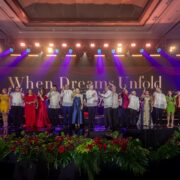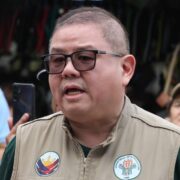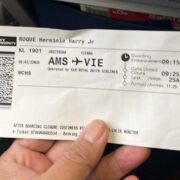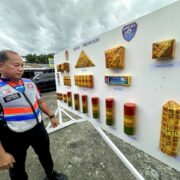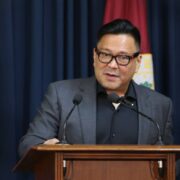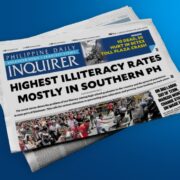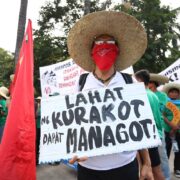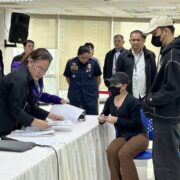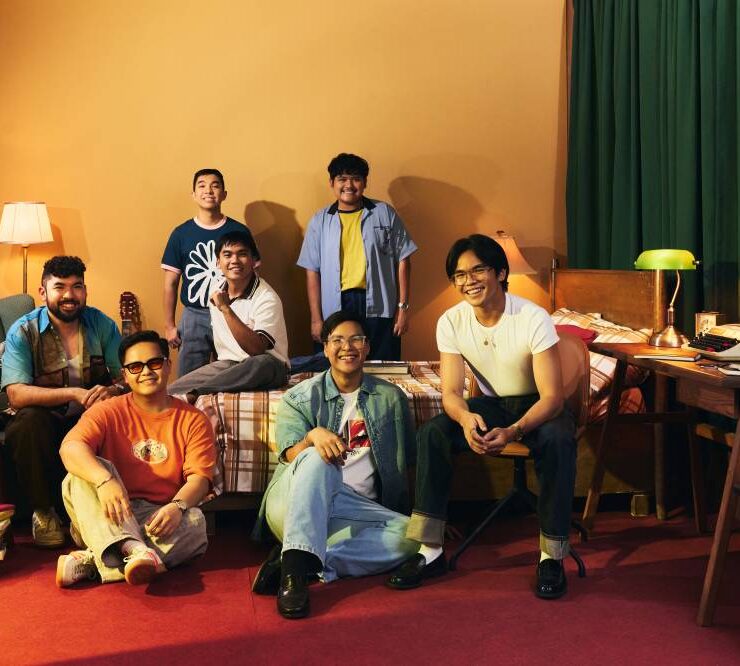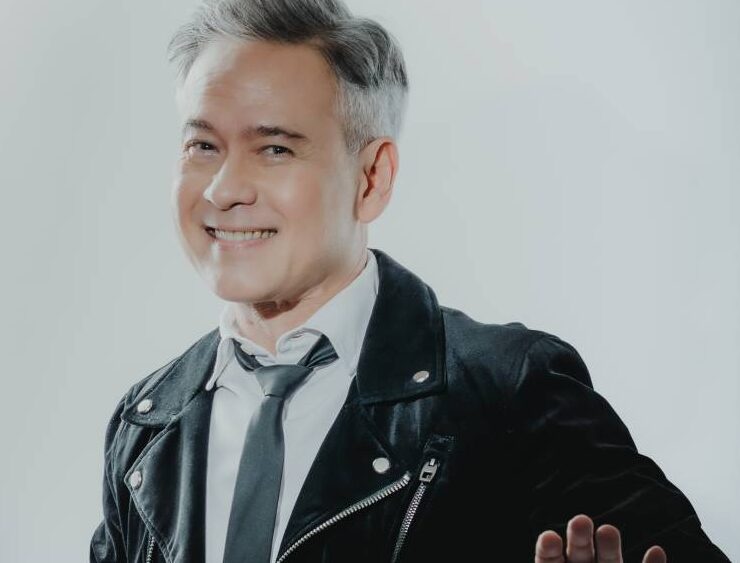That piece of theater called Dinagyang
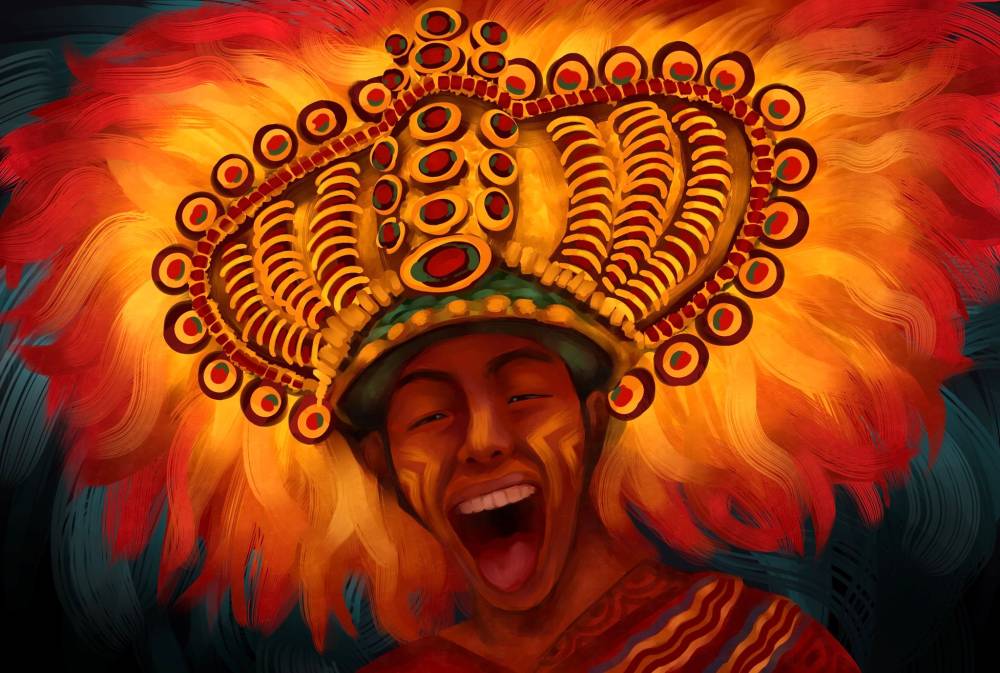
Every last Sunday of January brings people out onto the streets of Iloilo City in a whirl of revelry and merrymaking. This is the Dinagyang: replete with the percussive, hypnotic drumbeats, the prancing, gyrating twists and bounds of “tribal” dancers, the oversized assemblages of fur, feathers, and foam constituting costumery, the massive mechanical sets on the crowded streets, and the packed audiences who attend and participate in this annual jubilee of faith and culture.
While much has been said and written about Dinagyang as a religious celebration and cultural festival, there are sparser conversations about the annual festivity as street theater. Watch one, even just one, performance of a competing tribe and you will encounter the essential elements of drama magnified in the most spectacular yet publicly accessible dimensions; of course, at its core would be the creative storytelling and the deep-seated characterization that gives the celebration much of its festive spirit.
Yet this piece of street theater that makes its presence felt at the start of each year is often viewed and understood through a purely devotional or cultural lens. Granted, the Sto. Niño takes centerstage, but what of its thespian aspect—to paraphrase Walt Whitman’s verse, the performed compendium of powerful plays retold annually?
For even in its most basic staging, the Dinagyang is inherently a public spectacle, requiring a public arena and the public gaze. Not unlike the dramaturgy of ancient Athens where myth melded with sociopolitical issues, or the wooden stages of the Elizabethan theater which served the tragedies and comedies of its contemporary English playwrights, the Ilonggo festival is communal art and entertainment.
In the reiteration of narratives, the rhythmic statements of musical themes and motifs, the ostentatious display of pageantry and costumery, and the mise-en-scène of set designs is the coming together of artists and audience to retell once more the stories that build up our imagined histories and intangible heritage.
Mythological time
With such, the festival fulfills the basic function of theater: In recounting these legends and plots, it takes slices of mythological time—that is, a recurring “present” transcending chronological time–and projects the events in a shared space, as informal instruction or sheer diversion.
Through the conglomeration of the elements of theater, “once upon a time in Panay …” is reinvigorated with a new, though not necessarily original, performative. The festival thus becomes a meeting place where the contemporary must come to terms with the “reimagined” past, an aspect of theater that has not changed much since the time of Sophocles or Shakespeare.
By reinterpreting or coming to terms with what is believed to be plausible (though not essentially factually true) in this past, the Dinagyang infuses a religious verve to the mythology. Beneath the feathery plumes and chromatic headdresses, the overly ornate spears and shields, the mesmerizing drumbeats and skirls, the frenetic leaping and swaying of heroes and warriors, and the gargantuan sets and props looming and moving through the streets, are the integral legends of Ilonggo heritage intertwined with a populist and intense devotion to the Santo Niño. Moving beyond the ecclesiastical confines of the church, the dancing steers the religious narrative with a participative touch: Here is Christ Child in the drama of the people.
At the heart of the festival’s storytelling is its remarkable characterization. Despite the absence of a spoken script, choreographic movement and gestural nuance performed en masse move the plot forward. Augmented by theatrical cosmetology, costumery, and heavily rhythmic notation, the Dinagyang can easily be charged with exoticism–yet for some reason, Ilonggo sensibilities do not find this masquerade of blackface racist or culturally inappropriate at all.
Advocate rather than distort
On the contrary, the hodgepodge of cultural influences serves to highlight the inclusion of Panay’s indigenous peoples in the narrative of Christianization, and despite the historical inaccuracies, these seem to advocate rather than distort history, underlining the catholicity of celebrating personal beliefs, regardless of faith or denomination.
Ultimately, Dinagyang as street theater involves both performer and onlooker. More than just the execution of theatrical elements, there is the encouragement to the audience to take part in the performative, and thus, the festival climaxes to the carefree street-dancing and merrymaking of its evenings, an elusive reminder that the theatrical art in its Athenian infancy was a Bacchic ritual, replete with wine, choric song, and bawdy humor.
One hears in the panáad—the prayerful opening of solemn vows and prayers—an echo of the invocation to the divines recited by the masked Chorus. In the sádsad and dagyang at the streets, we see glimpses of a modern and subdued bacchanalia, while the Dionysian rites of alcoholic libations and burnt oblations are reimagined by the evenings’ merrymaking inebriated with beer, barbecue, and the sundry street delicacies of the food stalls.
January would find the same spectacle staged in the streets of Iloilo City–and quite aptly so. The theatricality of the Dinagyang is the Ilonggos’ effusive outburst of religious fervor melded through an amalgamation of artistic mediums, familiar in a homely way yet also constantly fresh to their sensibilities.
The narratives reenacted will be somehow similar to the previous years’, the musical instruments and the rhythmic combinations will be of the same vein, the visual designs thematically parallel to previous performances, but they will always be new to the audience, locals and tourists alike. After all, the Dinagyang is street theater: There is nothing inherently original there, only the novel and the well-loved that make the powerful play go on.
The author is the subject area coordinator for Social Studies of Ateneo de Iloilo–Santa Maria Catholic School; he is also a member of the Iloilo Critics Circle.

